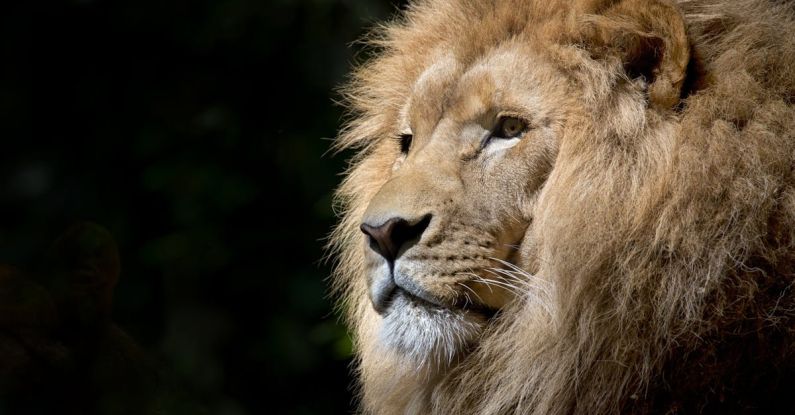
India, a land rich in biodiversity, is home to a diverse range of fauna that sets it apart from other regions around the world. The country’s unique geographical features, climate, and cultural heritage have contributed to the evolution of a distinct array of wildlife species. From the majestic Bengal tiger to the elusive Indian pangolin, Indian fauna showcases a remarkable blend of vibrant colors, intricate patterns, and fascinating behaviors that captivate the hearts of nature enthusiasts and conservationists worldwide. Let’s delve into the key differences between Indian fauna and that of other regions.
**Rich Cultural Significance**
Indian fauna holds a special place in the country’s culture and traditions. Animals like the elephant, cow, and monkey are revered in Hindu mythology and are often worshipped as deities. These animals play a significant role in religious rituals, festivals, and folklore, symbolizing strength, wisdom, and loyalty. In contrast, fauna in other regions may not have the same level of cultural significance attached to them, making Indian wildlife deeply intertwined with the country’s spiritual heritage.
**Biodiversity Hotspot**
India is recognized as one of the world’s biodiversity hotspots, boasting a wide range of ecosystems from lush rainforests to arid deserts. This diverse landscape supports an astonishing variety of flora and fauna, with many species endemic to the region. The Western Ghats, the Eastern Himalayas, and the Indo-Gangetic plains are just a few examples of the rich biodiversity hotspots in India. The sheer number of species found in India sets it apart from other regions, making it a haven for wildlife enthusiasts and researchers alike.
**Iconic Species**
One of the most striking differences between Indian fauna and that of other regions lies in its iconic species. India is home to some of the most iconic and endangered species in the world, including the Royal Bengal tiger, Indian elephant, Indian rhinoceros, and the Asiatic lion. These majestic creatures have captured the imagination of people worldwide and are symbols of India’s commitment to wildlife conservation. In contrast, other regions may have their own flagship species, but the sheer charisma and cultural significance of Indian wildlife set it apart on the global stage.
**Adaptations to Varied Environments**
The diverse geography of India has led to the evolution of unique adaptations among its wildlife. From the high-altitude adaptations of the snow leopard in the Himalayas to the desert survival strategies of the Indian desert fox, Indian fauna has developed specialized traits to thrive in a range of environments. These adaptations are a testament to the resilience and ingenuity of India’s wildlife, showcasing their ability to overcome the challenges posed by their habitats. In comparison, wildlife in other regions may exhibit different sets of adaptations based on their local environments, highlighting the diverse strategies employed by animals around the world.
**Conservation Challenges and Successes**
India faces a myriad of conservation challenges due to factors such as habitat loss, poaching, and human-wildlife conflict. However, the country has also made significant strides in wildlife conservation, with successful initiatives such as Project Tiger leading to the recovery of tiger populations in protected areas. The coexistence of wildlife with human populations in India presents a unique conservation model that balances the needs of both people and animals. In contrast, other regions may face different conservation challenges and employ varying approaches to protect their wildlife, making India’s conservation efforts stand out on the global stage.
**Celebrating India’s Wildlife Heritage**
Indian fauna is a treasure trove of biodiversity that reflects the country’s rich natural heritage and cultural diversity. From the lush jungles of the Western Ghats to the arid landscapes of Rajasthan, India’s wildlife showcases a mesmerizing tapestry of colors, shapes, and behaviors that continue to inspire awe and wonder. By understanding the key differences between Indian fauna and that of other regions, we can appreciate the unique contributions of India’s wildlife to the global ecosystem and work towards ensuring the conservation of these magnificent creatures for generations to come.
**Embracing Diversity in Nature**
In a world where the pressures of human development and climate change threaten the survival of countless species, it is more important than ever to celebrate and protect the diverse wildlife that makes our planet so extraordinary. By recognizing the key differences between Indian fauna and other regions, we can foster a deeper appreciation for the intricate web of life that sustains us all. Let us embrace the beauty and diversity of nature, and strive to be stewards of the earth, ensuring a harmonious coexistence between humans and wildlife for the benefit of all.





